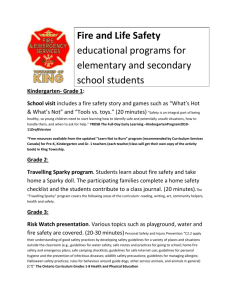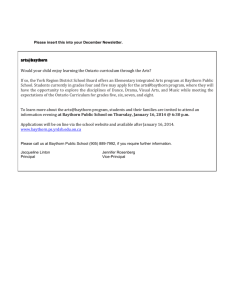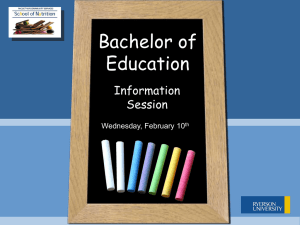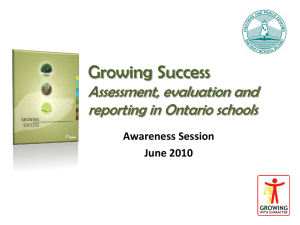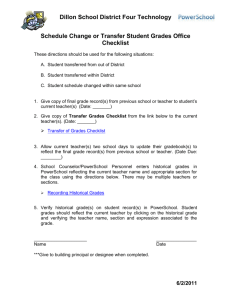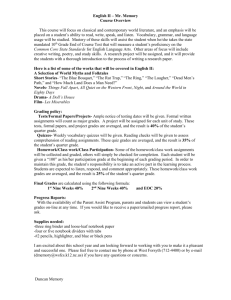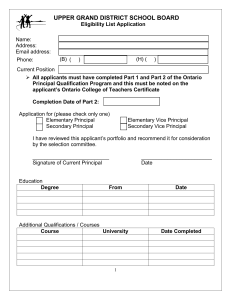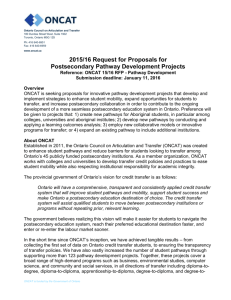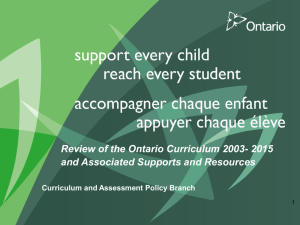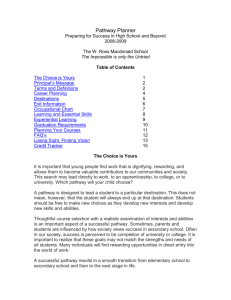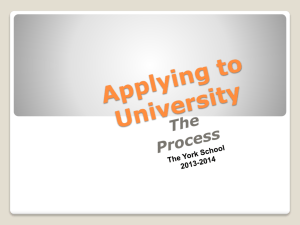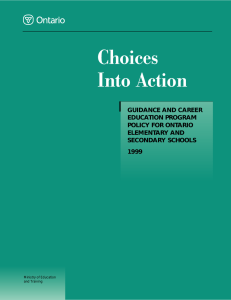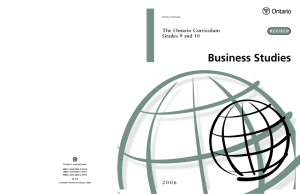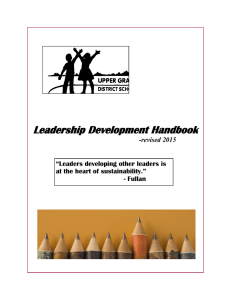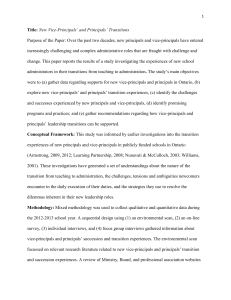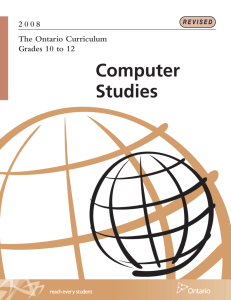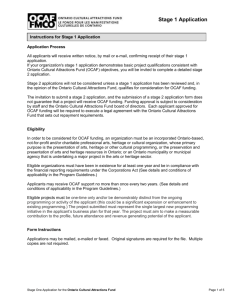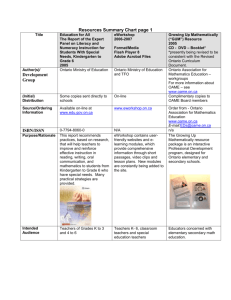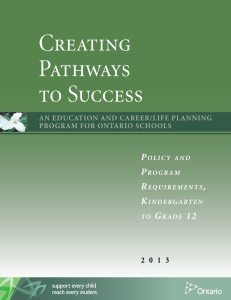Tips for Preparing for Secondary School Course Selection
advertisement
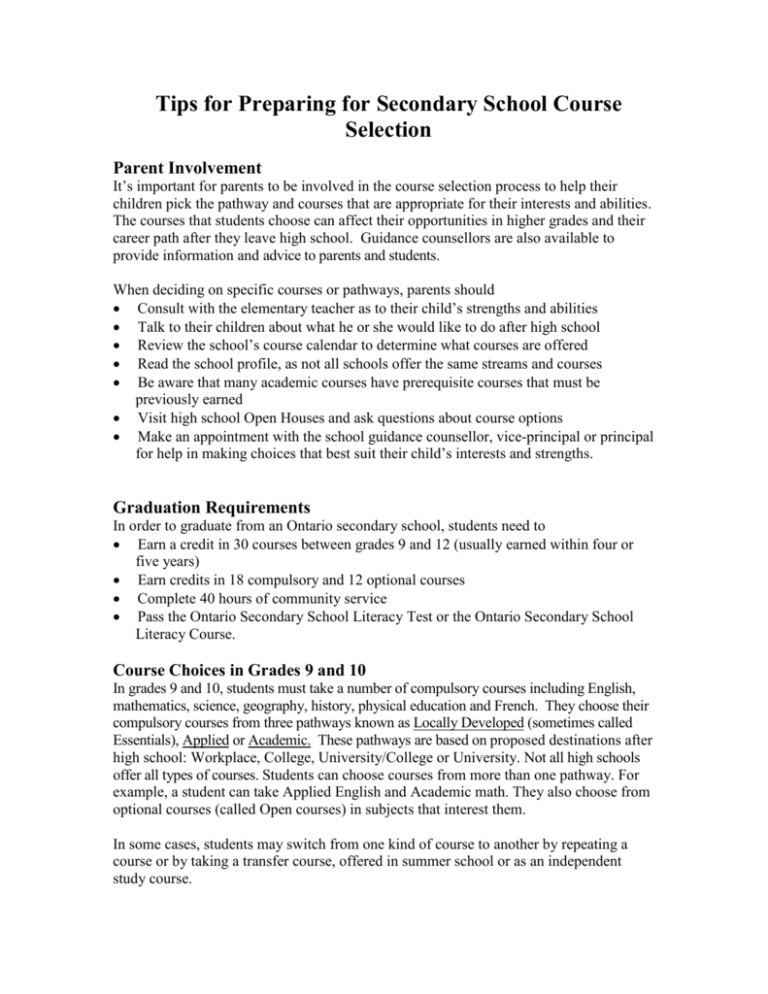
Tips for Preparing for Secondary School Course Selection Parent Involvement It’s important for parents to be involved in the course selection process to help their children pick the pathway and courses that are appropriate for their interests and abilities. The courses that students choose can affect their opportunities in higher grades and their career path after they leave high school. Guidance counsellors are also available to provide information and advice to parents and students. When deciding on specific courses or pathways, parents should Consult with the elementary teacher as to their child’s strengths and abilities Talk to their children about what he or she would like to do after high school Review the school’s course calendar to determine what courses are offered Read the school profile, as not all schools offer the same streams and courses Be aware that many academic courses have prerequisite courses that must be previously earned Visit high school Open Houses and ask questions about course options Make an appointment with the school guidance counsellor, vice-principal or principal for help in making choices that best suit their child’s interests and strengths. Graduation Requirements In order to graduate from an Ontario secondary school, students need to Earn a credit in 30 courses between grades 9 and 12 (usually earned within four or five years) Earn credits in 18 compulsory and 12 optional courses Complete 40 hours of community service Pass the Ontario Secondary School Literacy Test or the Ontario Secondary School Literacy Course. Course Choices in Grades 9 and 10 In grades 9 and 10, students must take a number of compulsory courses including English, mathematics, science, geography, history, physical education and French. They choose their compulsory courses from three pathways known as Locally Developed (sometimes called Essentials), Applied or Academic. These pathways are based on proposed destinations after high school: Workplace, College, University/College or University. Not all high schools offer all types of courses. Students can choose courses from more than one pathway. For example, a student can take Applied English and Academic math. They also choose from optional courses (called Open courses) in subjects that interest them. In some cases, students may switch from one kind of course to another by repeating a course or by taking a transfer course, offered in summer school or as an independent study course. English as a Second Language Programs Parents whose children will be taking English as a Second Language (ESL) need to inquire about which ESL credit courses are offered in what subject areas and in what grades. Special Education Support Parents whose children require special education support should inquire about The kinds of special needs the school can support The resources the school can offer (e.g. staff, programs, special courses) The kinds of courses available for special needs students Whether courses are separate or combined at different levels (e.g., Locally Developed Course instruction within an Applied course). Questions Parents are encouraged to visit the principal or vice-principal with any questions they have regarding course selection. Take advantage of the expertise that your school leader has about the school system and how it can best meet the needs of your child. With contributions from People for Education Peggy Sweeney Senior Communications Consultant Ontario Principals' Council Ph: 416-322-6600 1-800-701-2362 psweeney@principals.on.ca

